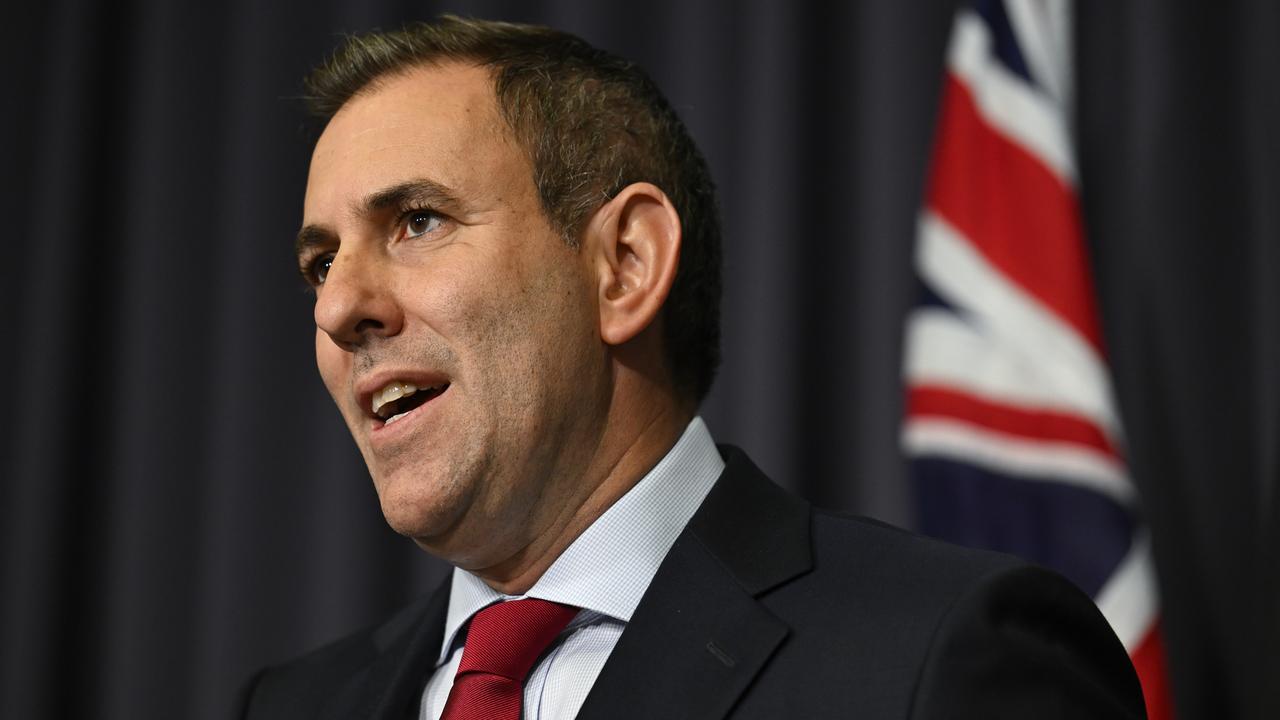
In a widely expected decision the central bank kept its cash rate target at a 13-year high of 4.35 per cent after its December meeting, a level that has prevailed for the past 13 months. However, in its post-meeting statement, the board scrapped its previous references to the “need to remain vigilant to upside risks to inflation” and to “not ruling anything in or out” on interest rates.
It also said recent data had been “on balance softer than expected in November” and omitted previous language that policy “will need to be sufficiently restrictive until the board is confident that inflation is moving sustainably towards the target range”.
While again noting that its forecasts suggested it would be “some time yet before inflation is sustainably in the target range and approaching the midpoint”, the board changed its hawkish language that accompanied its sharp lift in the cash rate target from 10 basis points to 4.35 per cent from May 2022 to November 2023 as inflation soared after the pandemic.
“Recent data on inflation and economic conditions are still consistent with these forecasts, and the board is gaining some confidence that inflation is moving sustainably towards target,” it said.
The change in tone on inflation was seen as an important dovish concession that opened the door to rate cuts.
Australia’s three-year commonwealth government bond yields fell about 10 basis points to 3.7 per cent and 10-year bond yields fell 7 basis points to 4.14 per cent. The Australian sharemarket bounced off intraday lows and the Aussie dollar fell slightly.
Money market pricing on a 25 basis point cut in February rose to 60 per cent from 48 per cent and the size of cuts implied by April rose to 32 from 25 basis points. Still, the market was expecting a relatively shallow easing cycle of about 100 basis points.
In her press conference, RBA governor Michele Bullock said inflation “risks remain”.
“Those risks appear to have eased, but they haven’t gone away,” she said.
But Ms Bullock said the change of wording in the statement was “deliberate”.
“The board wanted to give the message that they have noticed some of the data that is a bit softer … it’s a bit mixed, but some of it is, on balance, a bit softer than we had expected,” she said.
“And so the board wanted to convey that their opinion is, and their views are evolving, and they’re evolving as the data evolves, and I think that’s what everyone would expect us to do.
“We’re not saying what we might do, but we are acknowledging that there is some softening, and our forecasts do see inflation coming back down gradually over the next year.
“As each quarter goes by and our forecasts look like … we’re in line with our forecasts, then that gives us a little bit more confidence in the future.
“So we’re not saying that we’ve won the battle against inflation yet, but we’re saying we’ve got a little bit more confidence that things are evolving as we think in our forecasts, we’ve got to be aware that things might move in either direction. But I think that’s what people would expect of us.”
Data last week showed Australia’s annual economic growth rate for the September quarter fell to 0.8 per cent.
It was the lowest reading outside of the pandemic since the early 1990s’ recession, and economic growth per capita contracted for a seventh-consecutive quarter, underscoring the cost of living crisis.
But Ms Bullock denied that the RBA had misread the weakness in the economy.
“I’d say that broadly our forecasts for inflation and unemployment have broadly come in as we expected, so I don’t think we’ve missed that dramatically,” she said.
“There has been, I think, a sense in which consumption has recovered a little bit more slowly than we might have expected. But the numbers we’re talking about here are relatively small.
“I think we basically feel that at the moment, we’re pretty much in line with our forecasts.
“Things could move either direction, but at the moment, we look pretty much in line.”
Ms Bullock also repeated her recent clarification of the November board meeting minutes which said board members “would need to observe more than one good quarterly inflation outcome to be confident that such a decline in inflation was sustainable”.
“There’s other information that is relevant as well to inflation, not just the quarterly inflation prints,” she said.
“I don’t want to give the impression that we react to one number and one number only.
“Between now and February, there is going to be a quarterly inflation print, but there will also be another monthly one. They’re very volatile. There’s going to be a couple of labour market indicators as well, there’s going to be some consumption indicators.
“So all these sorts of things are going to be important in thinking about how the economy is going towards the end of this year.
“And of course, our (business) liaison going into early next year.”
It came as business confidence fell sharply to below average levels in November, according to NAB.
Business conditions fell to their lowest point since mid-2020, when the economy was in lockdown.
Goldman Sachs chief economist Andrew Boak saw a “clear dovish pivot” from the RBA that supported his call for a February rate cut.
“The attending statement delivered a clear dovish pivot, adding language that the board is ‘gaining some confidence that inflation is moving sustainably towards target’ and omitting previous language that the board was ‘vigilant to upside risks to inflation’ and ‘not ruling anything in or out’,” he said.
“The statement also noted that recent data have been ‘on balance softer than expected in November’ and omitted previous language that policy ‘will need to be sufficiently restrictive until the board is confident that inflation is moving sustainably towards the target range.’
“Overall the changes are consistent with our view that the RBA would deliver a dovish pivot in guidance at today’s meeting and we continue to expect the RBA to start lowering the cash rate at the next meeting in February 2025.”
NAB Head of market economics Tapas Strickland said upcoming RBA meetings were not “live” for rate cuts depending on the details of core inflation, and labour market outcomes.




The Reserve Bank has given hope that interest rate cuts will start as soon as February, saying that its board members are “gaining some confidence that inflation is moving sustainably towards target”.